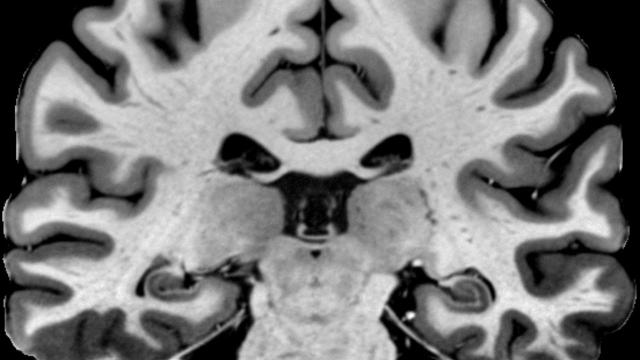Researchers have mapped out a 3D atlas of the human brain for the first time, including more than 1,000 known structures within the organ.
Dr Mark Schira, a neurobiologist from the School of Psychology at the University of Wollongong, is one of the team members behind the brain mapping research. He explained the research uses MRI technology, which is typically used on a case-by-case basis to analyse the brain. This research, however, has repurposed the technology to create a 3D map of what’s going on inside your head.
“The premise of this project has been to visualise and define – for the first time in human history – the living brain and its architecture. We know a lot about how the brain is built, but until now, the living brain has never been captured in such a high resolution,” Schira said.
“Previously, medical students had to use the flat pictures of parts of the brain to learn anatomy and functional areas of the brain, piecing the shape together bit by bit in their mind. Now, since the final images are in a 3D format, alongside GIFs and visualisations, the students’ learning process will be much easier.”
To pull this off, Schira worked with other neuroscientists in Australia, from the University of New South Wales and Neurosciences Research Australia (NeuRA).
Without willing participants that’d be happy to lay inside an MRI machine and have their brains analysed for hours on end, the scientists scanned their own brains.
Ultimately, the team wants to make the 3D brain atlas an open-access resource, allowing anyone to, well, access it. The team would like it to be optimised for tablets and computers for convenient use in research, teaching, training and clinical practice.
“In a way, we’re like the old world’s discoverers who tried to map the territory of the Earth. Professor Paxinos is the modern Galileo because he did most of the original maps that allowed us to understand the organisation of the brain. We are reimagining these maps for the modern times, using the living brain to create a 3D atlas of superb quality,” said Dr Steve Kassem, a scientist from NeuRA.
Let’s hope that one day this 3D brain map research could lead to a better understanding of the thinking organ.
The platform that will host the 3D brain map is still being built. If you’d like to learn more about the project, you can follow it on Twitter or visit its official website.
